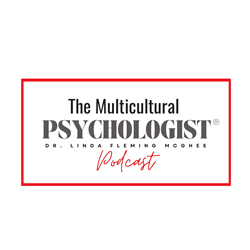Leveraging experience sampling methodologies to uncover patterns of psychopathology in daily life
SPA E-Learning Center | 2025 SPA Convention
Abstract
Patterns of psychopathology are expressed in daily life, often through person-environment transactions that need to account for situational affordances (Hopwood, Wright, & Bleidorn, 2022). The experience sampling methodology (ESM) is uniquely positioned to operationalize these transactions as the methodology can inquire both about the person’s direct environment as well as reactions, emotions, and behaviors. For a given construct, ESM can measure important features in its overall level (intraindividual means), fluctuations/volatility, and patterns of within-person association to capture unique if-then contingencies, all of which may organize into important between-person differences.
To illustrate the power of this methodology, we organized four talks that vary in ESM design (momentary versus event-contingent), sample type (e.g. college sample, clinical sample), methodology (within-person associations, between-person moderators, growth models of within-person processes over time), and key outcomes in daily life (e.g. coping behaviors, suicidality, social dysfunction, affect and identity). Each talk is tied together by the use of ESM to uncover patterns of psychopathology in daily life, an interpersonal context driving within-person patterns of dysfunction, and a consideration of how dimensions of personality influence these patterns.
Katie Lewis and colleagues examines how negative affect, hopelessness, and interpersonal burdensomeness is associated with suicidal ideation, and how the trait of psychic pain moderates that association in a sample clinical patients recruited from mental health centers and long-term residential treatment facilities. Emily Dowgwillo and Jared Ruchensky examined if-then patterns of social threat and coping behaviors in a sample of university student participants, along with how dimensions of psychopathy and narcissism exacerbate these within-person associations. Audrey Stephenson and colleagues links retrospective reports of parenting behaviors to current social interactions, examining how parental responsiveness and demandingness influence social dysfunction as defined by disruptions to interpersonal complementarity and covariation across between-situation and within-situation timescales. Finally, Kevin Meehan and colleagues employed a multiple-burst ESM during a clinical trial of patients (diagnosed with borderline personality disorder) who were receiving transference-focused psychotherapy (TFP). Across the three ESM bursts, he finds expected changes to clients overall levels of social and affective functioning, reductions in volatility, and reshaping of within-person associations consistent with TFP mechanisms of change.
As a group, we discuss the opportunities and limitations of ESM, implementation challenges particularly in clinical samples, and highlight the potential of ESM to personality assessment and tracking of personality change in daily life.
Chair
Michael Roche | West Chester University of Pennsylvania
Goals & Objectives
- To compare between-person effects from within-person effects.
- To analyze how constructs are operationalized within a given timescale and assess the strengths/weakness of using a shorter/longer timescale.

